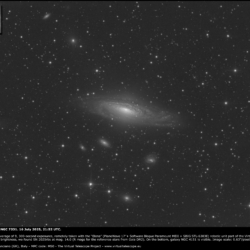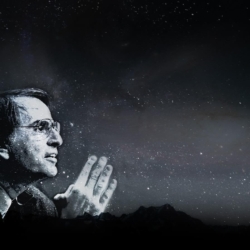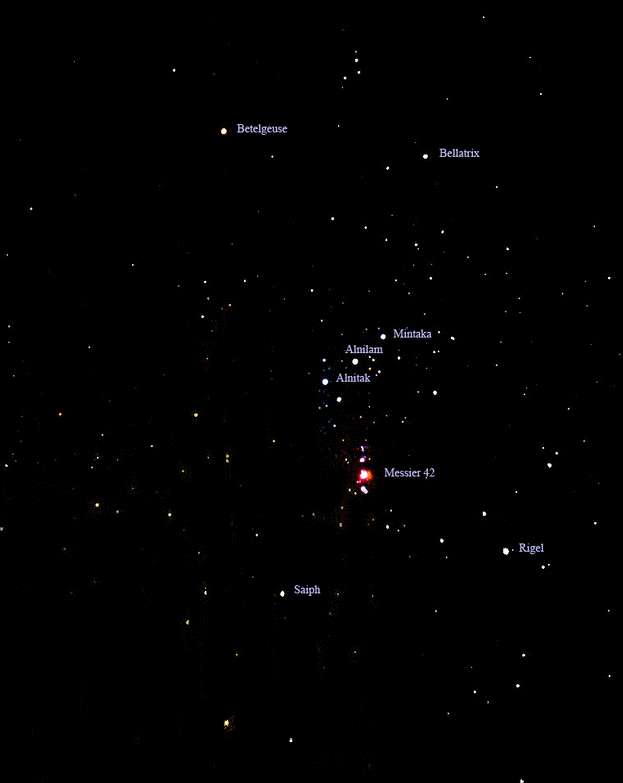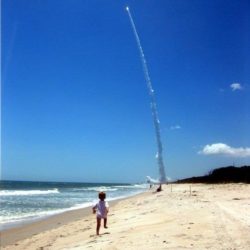Should Israel Continue To Host the Critical Transient Discovery Database?
Note: This article was originally published in Substack Support for Science Discovery stops with Genocide Opinion by James Daly, Ph.D. While researching the new Type Ia supernova (SN 2025rbs) in NGC-7331, I discovered that all “transient” events and discoveries (supernovae are transient by their very nature), end up recorded on the “Transient Name Server” or[…]









































